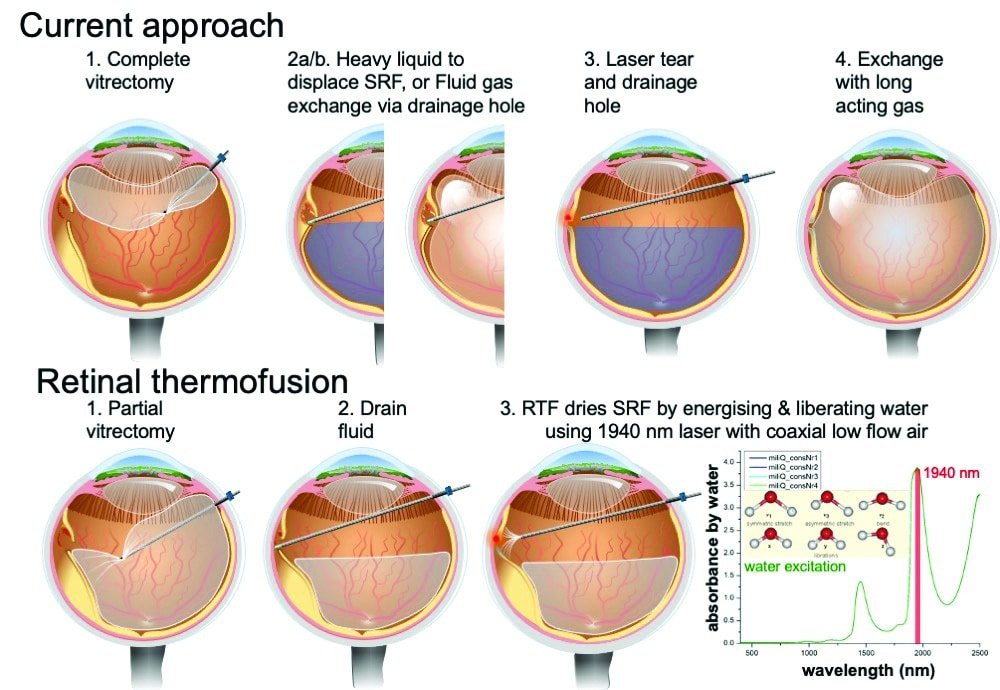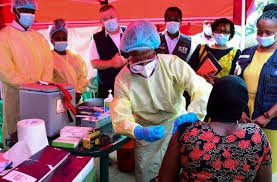Researchers from Pohang University of Science and Technology (POSTECH) and Dong-A University Hospital have achieved a significant breakthrough in the treatment of retinal detachment by developing an innovative artificial vitreous body.
Their groundbreaking study, recently published in Biomaterials, presents a revolutionary solution derived from a naturally occurring carbohydrate found in algae. This breakthrough offers a promising alternative to conventional treatments for retinal detachment, a condition that poses a serious threat to vision loss.
Traditionally, treating retinal detachment involved replacing the vitreous body with fillers, which often led to undesirable side effects. In response to this challenge, the research team turned to a modified form of alginate, a substance naturally found in algae renowned for its thickening properties in various food and medical applications.
Through meticulous experimentation, the researchers formulated a unique gel utilizing alginate, providing a novel approach to replacing the vitreous body within the eye. This gel not only demonstrates exceptional safety but also exhibits optical properties comparable to those of the natural vitreous body, thereby aiding in preserving patients’ eyesight post-surgery.
One of the key advantages of this gel is its distinctive elasticity, which facilitates fluid management within the eye, stabilizing the retina and preventing the formation of air bubbles. Rigorous trials conducted on rabbits, whose ocular anatomy closely resembles that of humans, confirmed the gel’s efficacy in preventing retinal detachment while maintaining ocular stability over an extended period without encountering any adverse effects.
Professor Hyung Joon Cha of POSTECH, the lead researcher of the study, emphasized the pressing need for such advancements, particularly as cases of retinal detachment are on the rise, especially among young individuals with severe nearsightedness. He affirmed the team’s commitment to further refining hydrogel technology through ongoing research for practical application in eye care.
Echoing this sentiment, Professor Woo Jin Jeong from Dong-A University Hospital highlighted the potential impact of their hydrogel in future vitreoretinal surgeries, considering the steady growth of the global market for intraocular fillers.
In summary, this groundbreaking development in artificial vitreous body technology offers hope for improved outcomes in the treatment of retinal detachment, marking a significant stride towards preserving and restoring vision for countless individuals worldwide.



